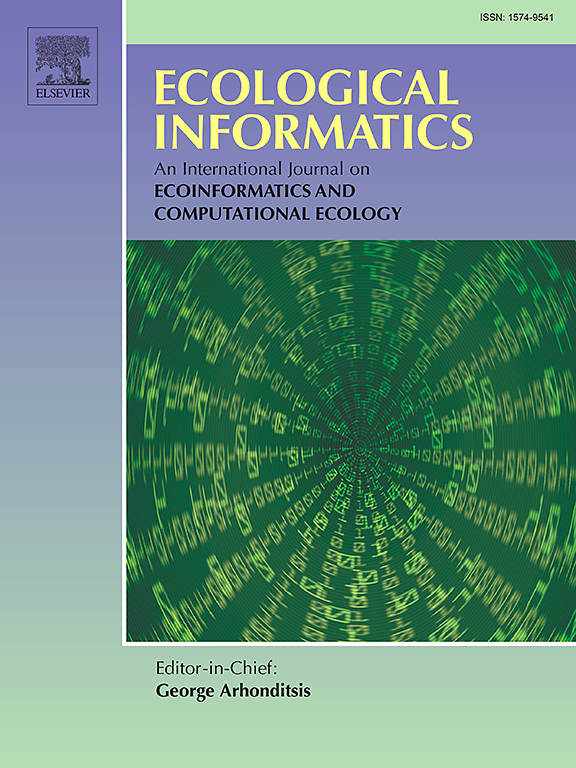Assessing urban vegetation inequalities: Methodological insights and evidence
IF 5.8
2区 环境科学与生态学
Q1 ECOLOGY
引用次数: 0
Abstract
Vegetation indixes have become increasingly popular in analyzing urban inequalities in access to and use of green spaces. However, the methodologies employed have been heterogeneous, leading to inconclusive or contradictory results. This study aims to conduct a scoping literature review of research that evaluates methodologies used to estimate the inequal distribution of vegetation in cities, providing evidence to establish standardized guidelines for the selection of data sources, methodologies and indicators. The review includes 66 articles published between 2004 and 2023 from various global regions. We identified 10 vegetation indixes, with the Normalized Difference Vegetation Index (NDVI) being the most frequently used, typically derived from Landsat satellite data. The review highlights the importance of image acquisition times and temporal resolution in capturing dynamic urban environments. The spatial scale most adopted is the census block group, suitable for assessing urban inequalities. We observed substantial heterogeneity in the methodologies and statistical tools employed, with spatial autocorrelation analysis being the most common, followed by Pearson's and Spearman's correlation coefficients. ArcGIS was the most widely used GIS platform, closely followed by the cloud-based geospatial analysis platform Google Earth Engine, while R-Studio and Statistical Package for the Social Sciences (SPSS) were popular for statistical analysis. This study underscores the need for standardized methodologies to enhance the comparability and reliability of research on urban vegetation inequalities.

求助全文
约1分钟内获得全文
求助全文
来源期刊

Ecological Informatics
环境科学-生态学
CiteScore
8.30
自引率
11.80%
发文量
346
审稿时长
46 days
期刊介绍:
The journal Ecological Informatics is devoted to the publication of high quality, peer-reviewed articles on all aspects of computational ecology, data science and biogeography. The scope of the journal takes into account the data-intensive nature of ecology, the growing capacity of information technology to access, harness and leverage complex data as well as the critical need for informing sustainable management in view of global environmental and climate change.
The nature of the journal is interdisciplinary at the crossover between ecology and informatics. It focuses on novel concepts and techniques for image- and genome-based monitoring and interpretation, sensor- and multimedia-based data acquisition, internet-based data archiving and sharing, data assimilation, modelling and prediction of ecological data.
 求助内容:
求助内容: 应助结果提醒方式:
应助结果提醒方式:


